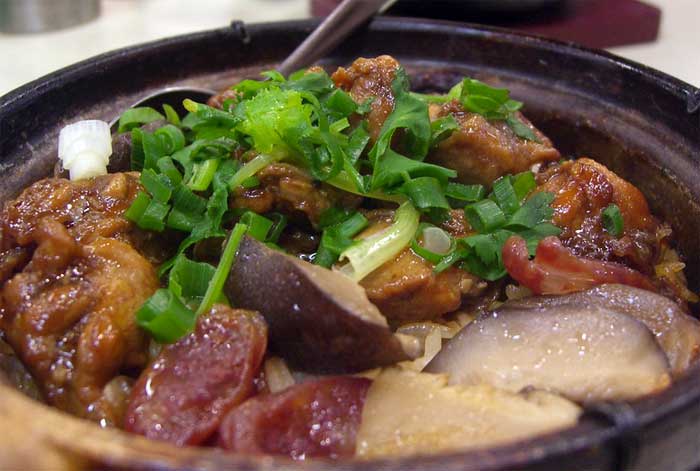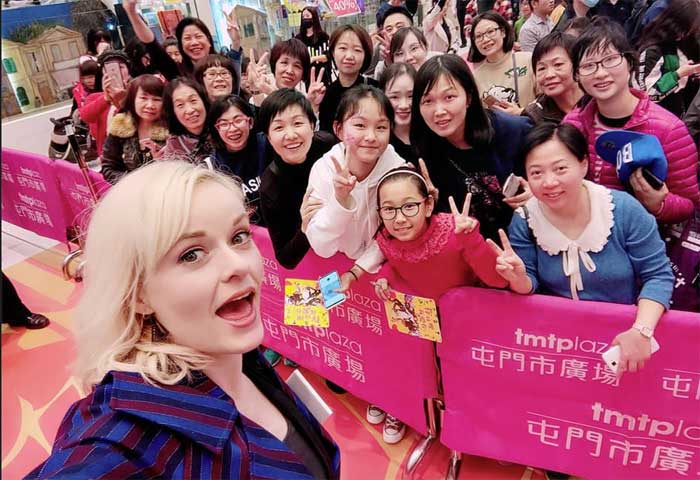As a cosmopolitan city, Hong Kong is known as the "World's Food Fair." Gastronomy is Hong Kong is so rich and varied that dining out is one of the most popular things to do as a tourist. From street markets to world-class restaurants, Hong Kong offers a wide variety of choices when it comes to dining out.
East meets west in Hong Kong's dining scene, and many restaurants in the city have been influenced by both worlds. This one city offers all kinds of authentic cuisine from Japan, Korea, Thailand, Malaysia, Singapore, Vietnam, India, Europe and America. With such a varied dining offer, Hong Kong has truly become a gourmet eating paradise.
Some of the best dishes you can find in Hong Kong are as follows:
Given that most of the residents of Hong Kong are Chinese, either Cantonese, Teochew, Hakka or Shanghainese, there is predominance of typical dishes. Many enjoy a traditional breakfast that includes congee (ride porridge) and yau cha kwai (oil friend bread sticks). However, western breakfasts that include bread, sausage, pancakes and eggs are fast becoming more popular.
For mid-day and evening meals, most people serve Chinese food with rice in their homes. Some of the most common ingredients used in Cantonese cuisines include shiitake mushrooms, Chinese cabbage, salted duck eggs, kai-lan, red beans, dried shrimp, hoisin sauce, dried scallops, jujube and lotus seeds.
Some of the famous dishes in Hong Kong include:
Sweet and Sour Pork is probably the most famous Hong Kong food, which has made its way into Chinese take away menus around the world.
Wontons, added to a clear soup or deep-fried, are also common in the region. The most famous are called Sichuan-style wontons, a celebrated snack in Chengdu. They are famous for their thin skin and rich meat filling as well as their soup, made of chicken, duck and pork simmered for a long time. The Hong Kong version varies from others in that it is cooked without peppers but with pieces of salted fish instead. It's extremely popular and much ordered in restaurants or daj paj dong (traditional licensed food stalls) together with rice.
Another traditional specialty of Cantonese cuisine is Roast Goose. The dish consists of a whole goose roasted with secret ingredients, cut into small pieces, each piece with skin, meat and soft bone, and eaten with plum sauce. This dish has become a tourist attraction in itself in the New Territories.
Another dish that is beloved by Hong Kong people is Wind Sand Chicken. It consists of a whole chicken being flavored and put into the oven for about 20 minutes until the chicken's skin turns brown. This dish stands out from the other in that garlic pieces are added and it looks like wind-blown sand. The chicken is roasted and crispy in the outside, whereas the inside is smooth and tender.
Another famous dish is Shrimp and Chicken Balls, Chinese for "dragon and phoenix balls." Dragon refers to the shrimps and phoenix refers to the chicken. But there's more to the name that meets the eye. Indeed, it is related to Chinese royalty. It refers to the emperor (dragon) and the queen (phoenix), and is usually served in Chinese wedding ceremonies. Preparation is as follows: first, shrimp and chicken meat are chopped finely and kneaded into balls, then they are deep fried with bread crumbs. The balls are like the Wind Sand Chicken in that they are crispy and tender.




